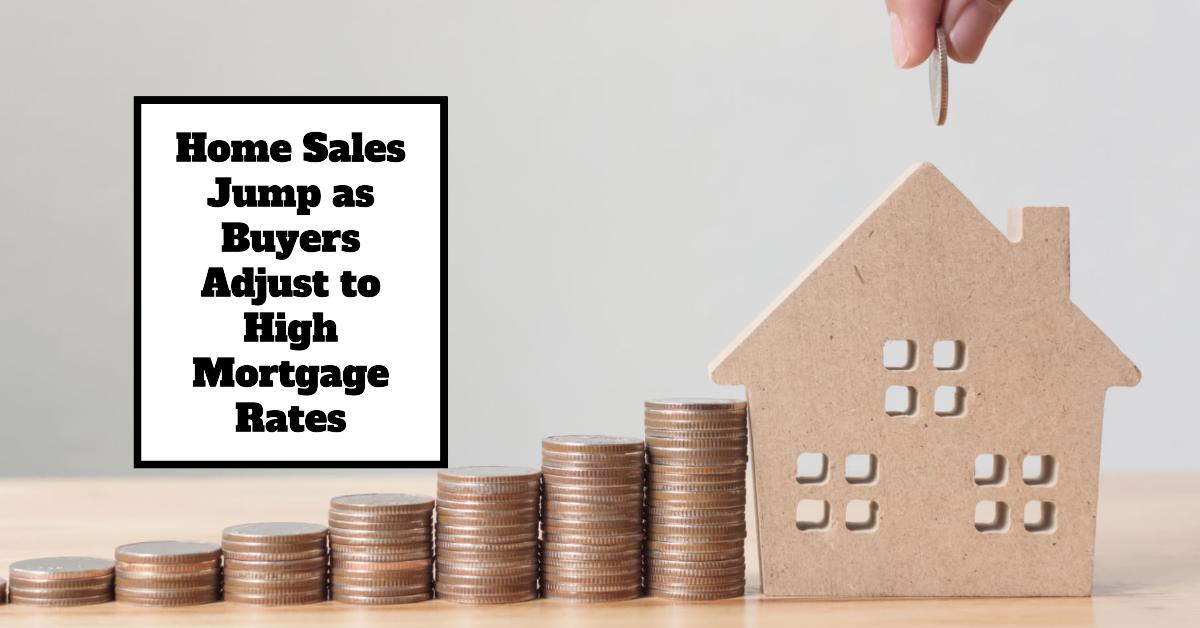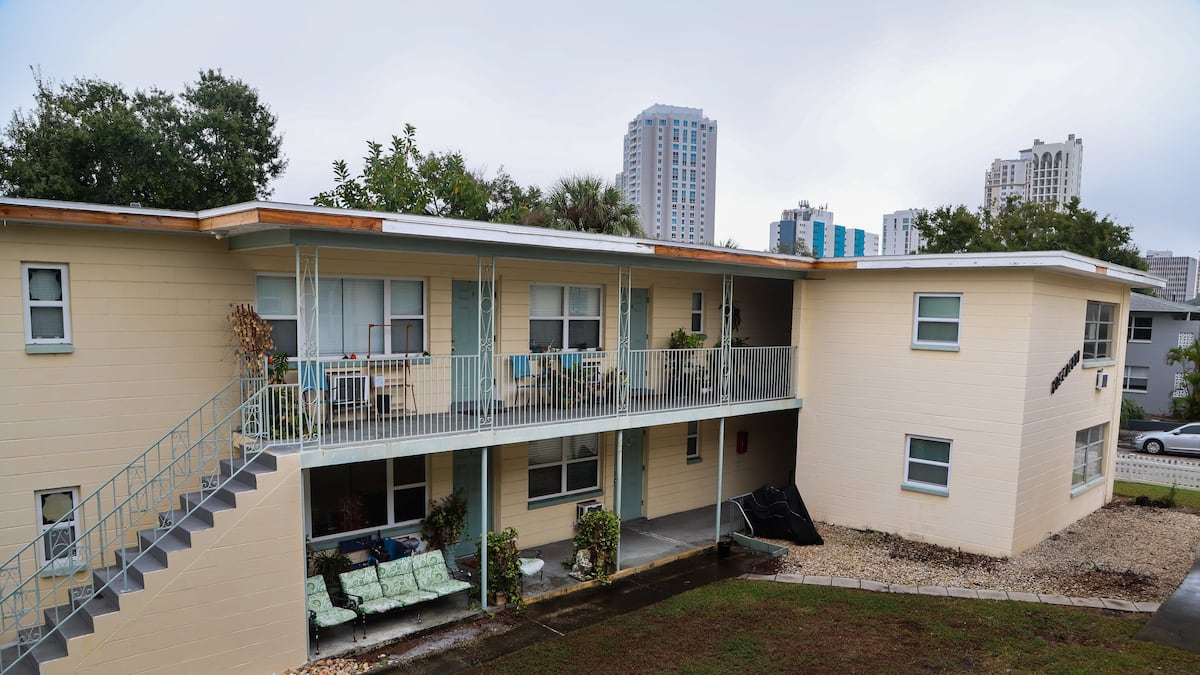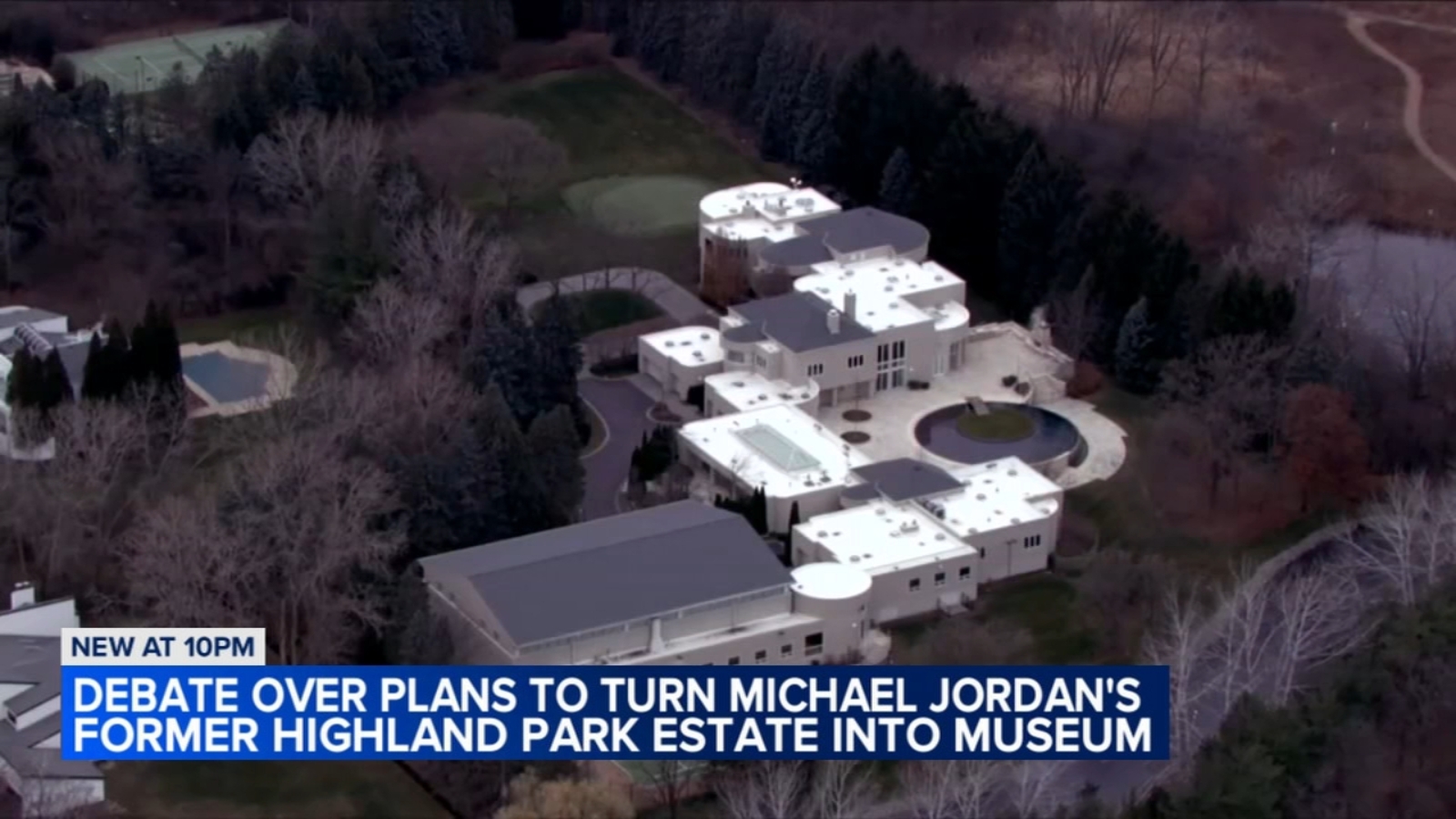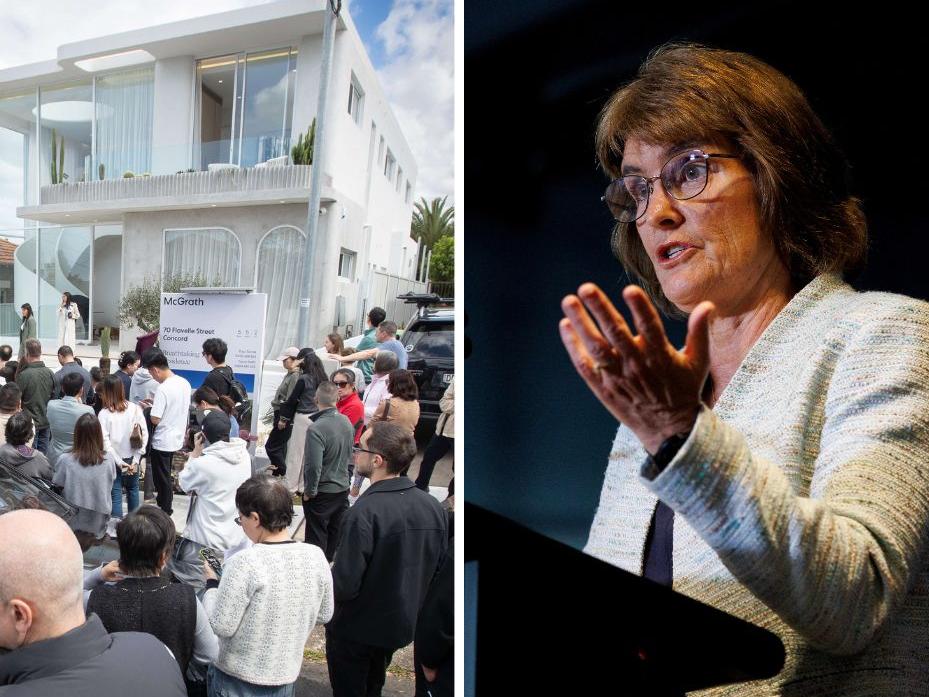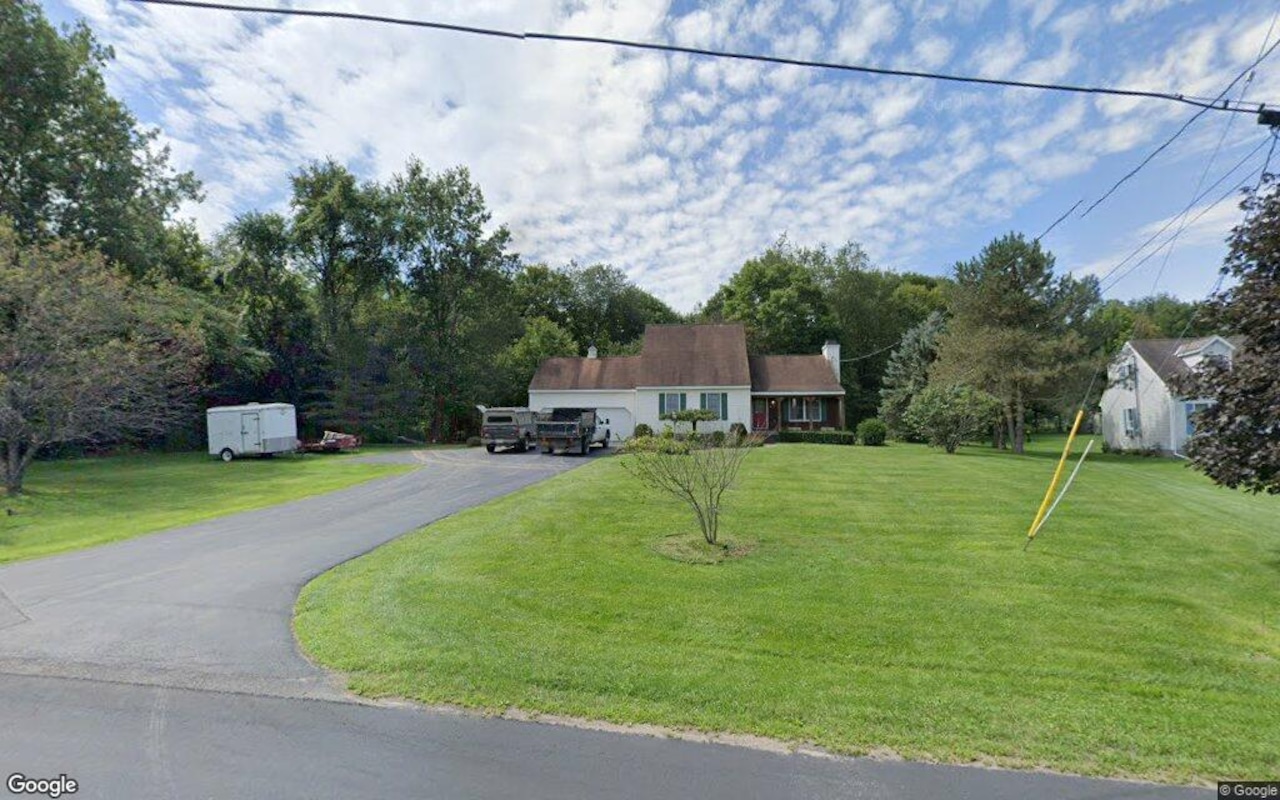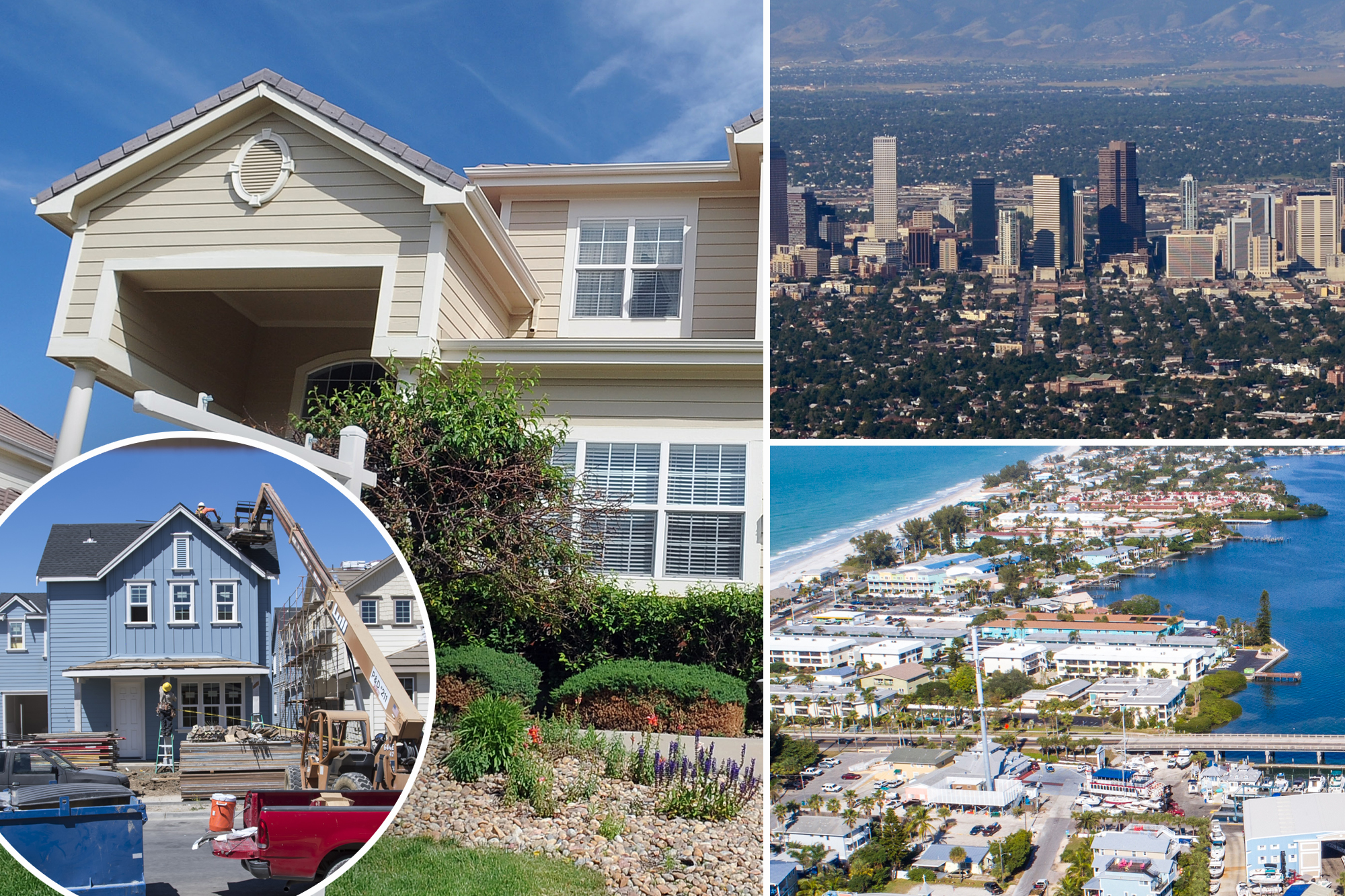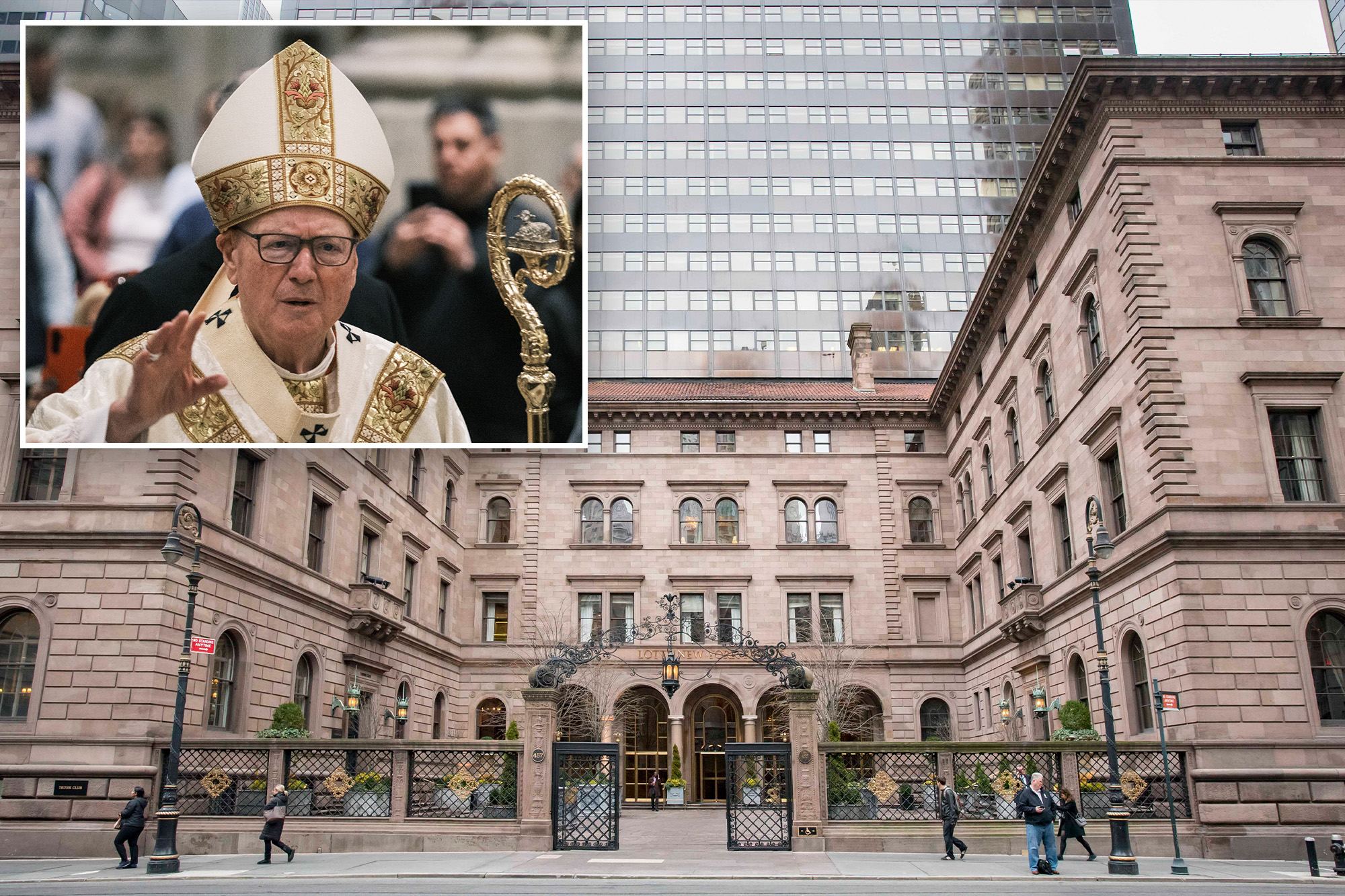H
ome buyers are adjusting to higher mortgage rates, with sales increasing despite rates in the mid-to-upper 6% range. This shift indicates a change in mindset and a willingness to proceed with home purchases despite less favorable borrowing conditions.
The housing market has been through a wild ride over the past few years, going from record-low rates that fueled rapid growth to sudden rate hikes that dampened demand. However, what's being seen now is more like careful acceptance, rather than panic. Buyers are slowly coming to terms with higher rates and making the best of a not-so-good situation.
Key takeaways include:
* Home buyers are adapting to higher mortgage rates, with sales increasing 6% year over year.
* The Fed's rate cuts aren't directly impacting mortgage rates, which follow Treasury yields instead.
* Existing home sales are up 6% year over year as buyers adjust their expectations and make decisions based on current financial situations.
The National Association of REALTORS (NAR) reported a significant jump in existing-home sales despite higher interest rates. NAR's chief economist, Lawrence Yun, attributes this to consumers accepting that ultra-low rates were an anomaly and not the norm. He also notes that with mortgage rates mostly stable, more homes are available for sale, and job creation is on the rise.
Sam Khater, Freddie Mac's chief economist, agrees that buyers are slowly adjusting to higher rates and becoming willing to move forward with buying a home. This shift in mindset is partly due to the realization that current rates are not ideal but also not as bad as they seem when compared to historical averages.
The Fed's recent rate cuts haven't directly impacted mortgage rates, which follow Treasury yields instead. Yun explains that while the Fed tries to ease things, it doesn't mean mortgage rates will plummet instantly.
Buyers are adapting to higher rates due to various factors:
* Pent-up demand: Buyers can't delay their needs forever and eventually need to proceed regardless of interest rates.
* More inventory: Increased options give buyers time to negotiate better deals.
* Job security: Strong employment gives people the confidence to make big-ticket purchases.
* Adjusted expectations: Buyers are realizing that current rates are a more realistic norm.
Looking ahead, NAR predicts mortgage rates will average 6% for 2025, depending on economic factors like inflation and the federal deficit. A balanced approach is recommended, including exploring different mortgage products, being diligent about savings, and working with real estate professionals to get a competitive edge.
